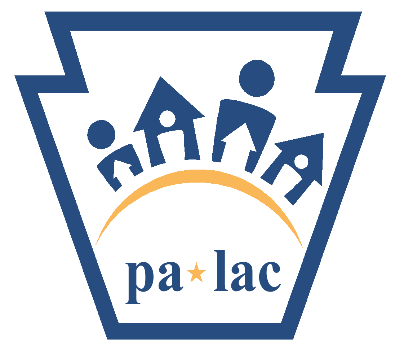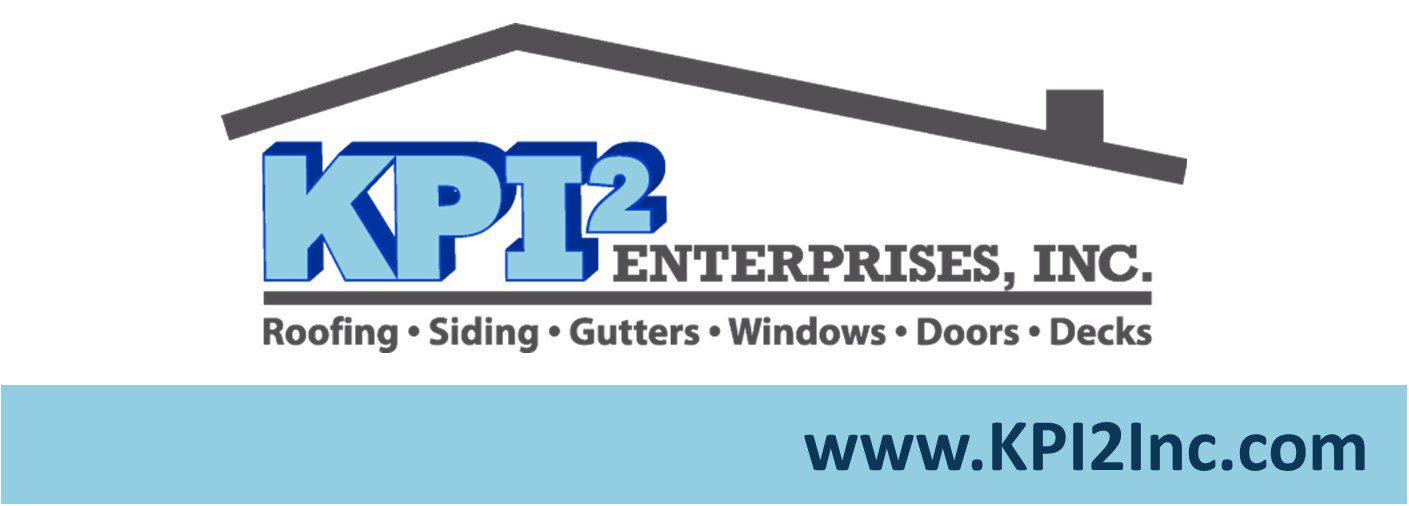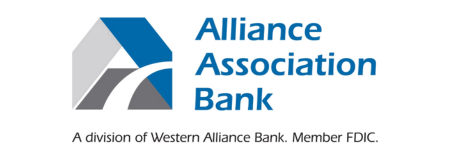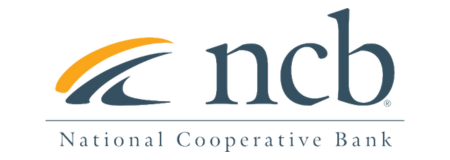Now is the perfect moment to evaluate your community’s disaster readiness. Are you prepared for the unpredictable challenges that come with East Coast weather? For community association managers and members of condominium and HOA communities, ensuring your disaster plans are current and effective is crucial.
The Evolution of Disaster Planning: A 15-Year Journey
Over the past 15 years, disaster planning has undergone a remarkable transformation, especially within multifamily communities like condominiums and HOAs. Once relegated to dusty binders on office shelves, disaster plans have evolved from cumbersome documents to dynamic digital resources. While earlier methods often left essential protocols overlooked, today’s modern solutions promise enhanced accessibility and practicality.
The shift began in the mid-2000s, with plans transitioning to shared drives and virtual folders. Although this made information more accessible, challenges such as accidental overwrites and limited mobile access persisted. Nowadays, many communities are embracing sophisticated web-based platforms designed specifically for disaster management, offering real-time updates and seamless usability.
Key Considerations for Your Disaster Plan
No matter the format of your disaster plan, keep these essential factors in mind to ensure it remains effective and user-friendly:
- Accessibility: Ensure the plan is retrievable anywhere, even during internet or cellular outages.
- User-Friendly Design: Simplify navigation for those unfamiliar with your community layout.
- Up-to-Date Information: Regularly refresh contact details and community needs.
- Multiple Access Points: Facilitate access for various team members to enhance collaboration.
Essential Components of a Disaster Plan
When revising or creating your disaster plan, be sure to include these critical elements:
- Procedures: Clearly outline actions for diverse emergency scenarios.
- Shut-Off Locations: Detail the locations and management of vital building systems.
- Hazardous Materials: Identify and locate any on-site hazardous substances.
- Contact Lists: Compile comprehensive lists of internal and external contacts, including staff and board members.
- Preferred Business Partners: Include key contacts for emergency services.
- Community Resources: Identify local resources and methods for accessing them.
- Evacuation Plans: Provide clear egress routes and alternative exits.
Tailoring Your Disaster Plan for Specific Scenarios
Crafting a comprehensive disaster plan may seem daunting but breaking it down by disaster type makes it manageable. Here’s how to structure sections for common disasters:
- Water Damage:
- Assessment: Identify areas susceptible to flooding or leaks.
- Prevention: Implement drainage systems and maintain plumbing regularly.
- Response: Develop protocols for immediate water shut-off and contacting restoration professionals.
- Fires:
- Assessment: Conduct thorough fire risk assessments.
- Prevention: Ensure smoke detectors, alarms, and sprinklers are installed and maintained.
- Response: Outline evacuation procedures and designate safe assembly points.
- Severe Weather:
- Assessment: Understand the types of severe weather risks in your area, from hurricanes to blizzards.
- Prevention: Secure outdoor items and reinforce windows and doors.
- Response: Establish a communication plan for alerts, shelter-in-place protocols, and prepare emergency kits.
Getting Started: Simplifying the Process
Initiating a disaster plan might seem overwhelming, but a step-by-step approach can simplify your efforts:
- Initial Assessment: Begin with a thorough evaluation of your community’s vulnerabilities and potential risks.
- Gather Information: Compile all necessary details, including contact lists and emergency procedures, utilizing templates and checklists.
- Engage Stakeholders: Involve board members, staff, and community members in the planning process to ensure buy-in and diverse input.
- Utilize Technology: Leverage web-based platforms for storage and management, facilitating real-time updates and easy access.
- Training and Drills: Conduct regular training sessions and drills to familiarize everyone with their roles.
- Review and Update: Schedule annual reviews to keep the plan current and reflective of new best practices.
Conclusion
There’s never a bad time to take the opportunity to critically assess your disaster plan. While we hope your plan remains untouched, its significance cannot be overstated. Embrace technological advancements to keep your strategies relevant and easily accessible.
By focusing on essential considerations, developing comprehensive procedures, and empowering your team with an updated plan, you’ll fortify your community’s preparedness for any emergency. As an experienced disaster restoration expert, I urge you to prioritize disaster readiness now. The importance of a disaster plan becomes glaringly evident only when the need arises. Don’t wait—act today!
ABOUT THE AUTHOR
Tayler Young, EBP is a business development specialist with RestoreCore. With over 10 years of experience in the property management sector, specializing in disaster restoration services, Tayler has worked with both property management companies and engineering firms, building strong relationships with condos, homeowners associations, multifamily properties, and apartments. Tayler’s diverse background allows her to understand the unique needs of each client, helping them navigate restoration and recovery processes efficiently. Passionate about providing exceptional service and solutions to property managers and their communities, she invites you to contact her at: tayler.young@restorecore.com.

















